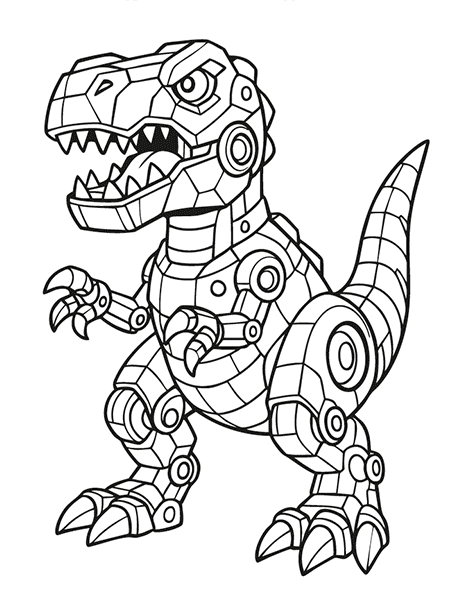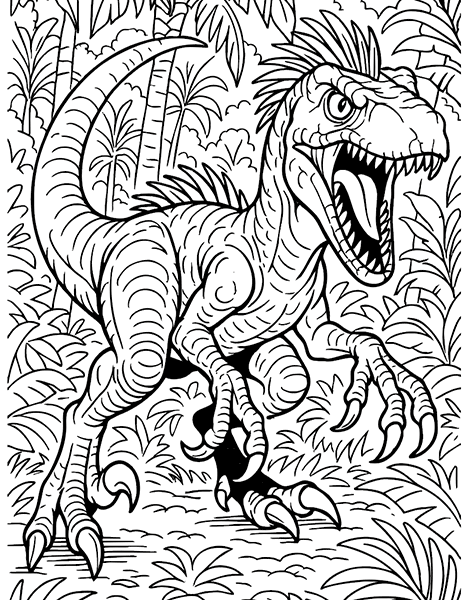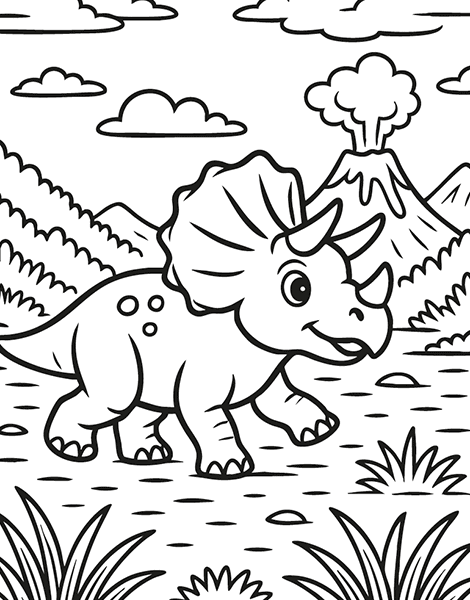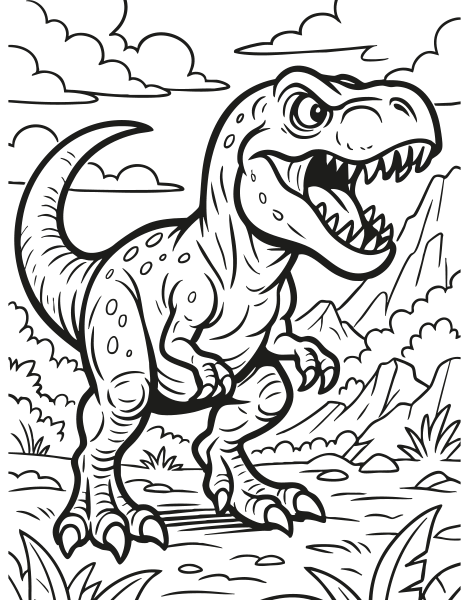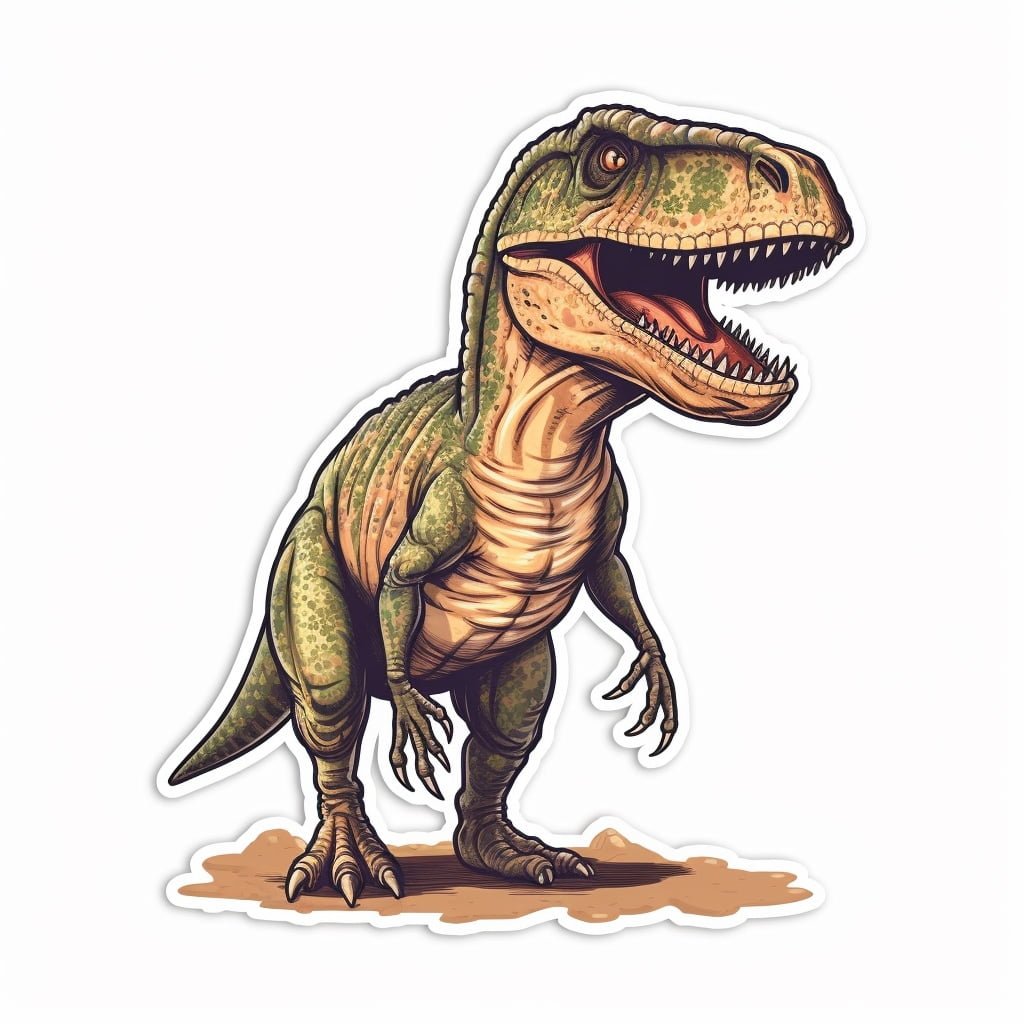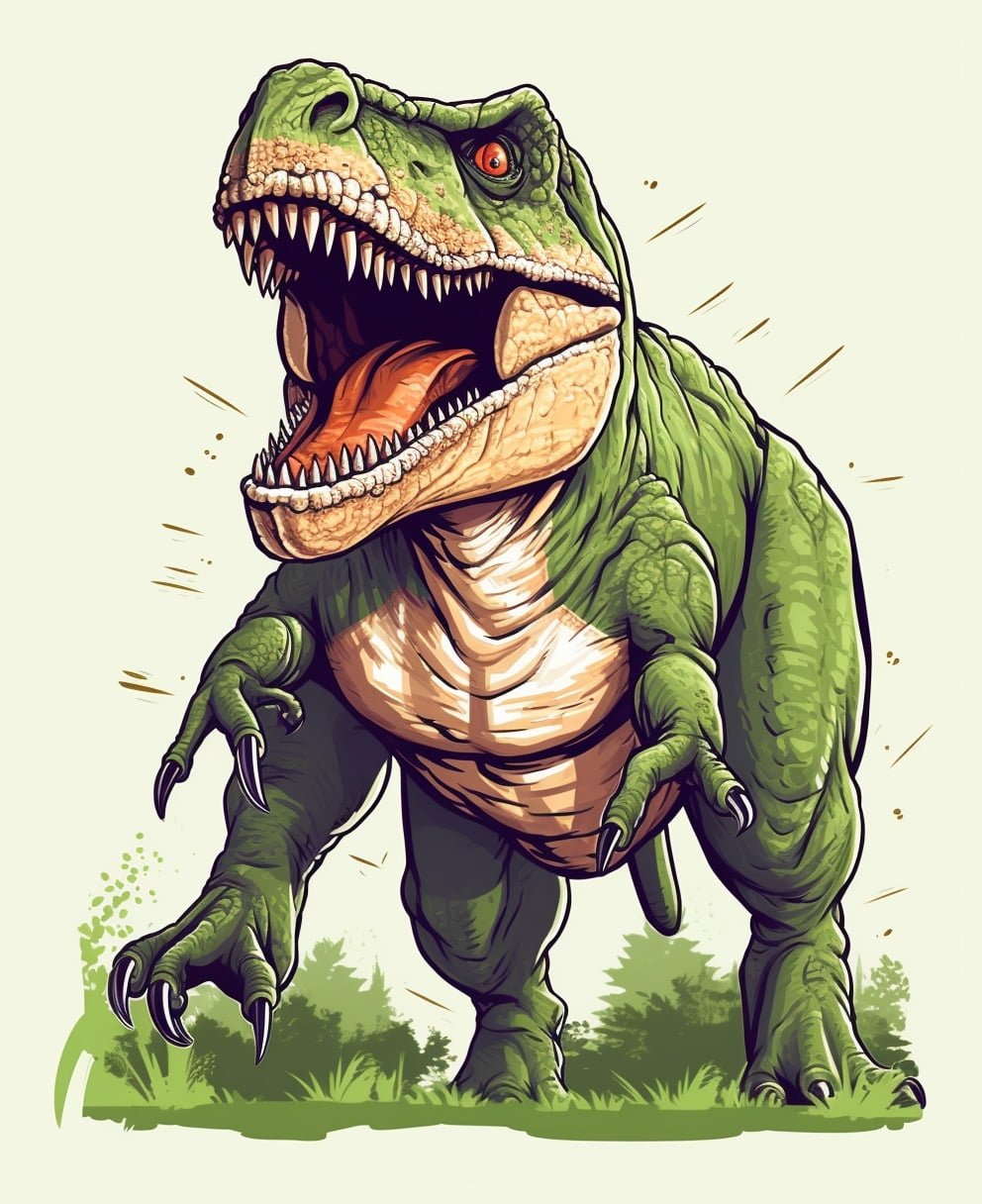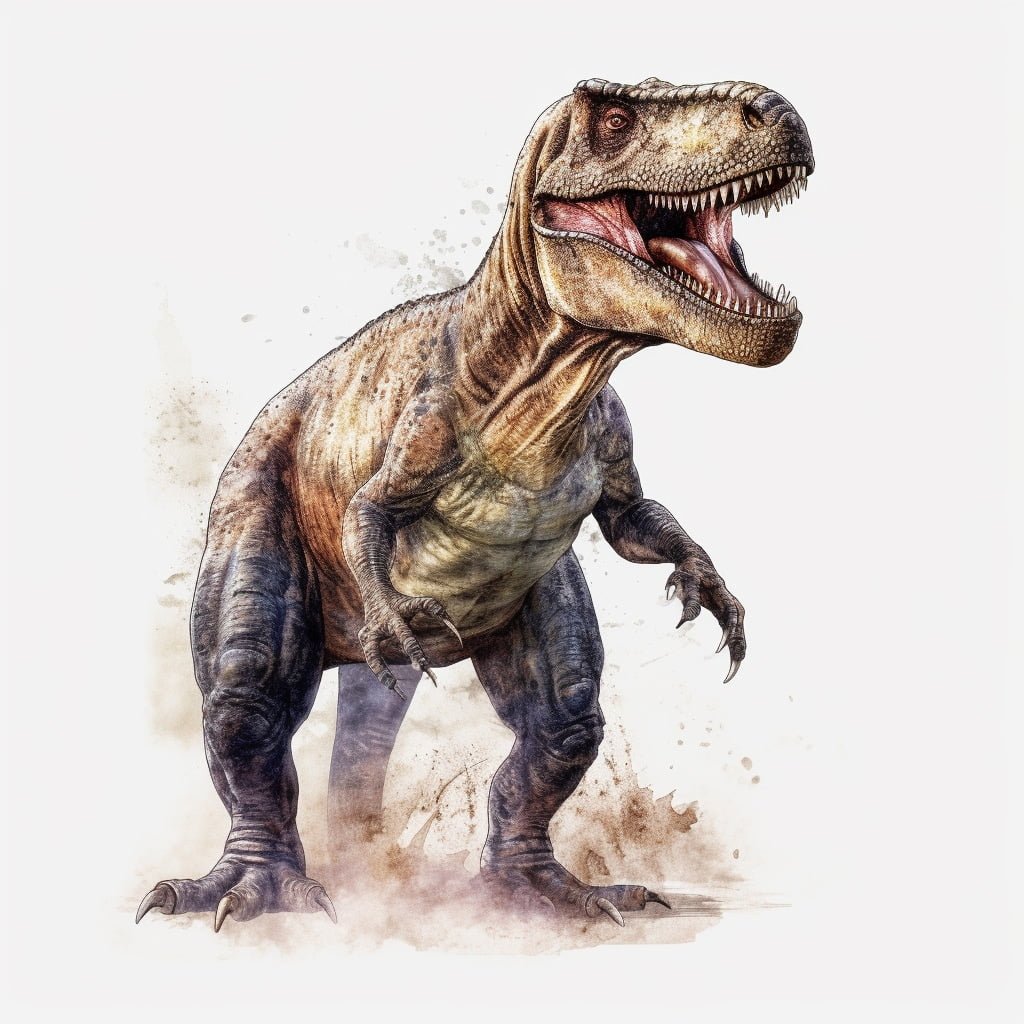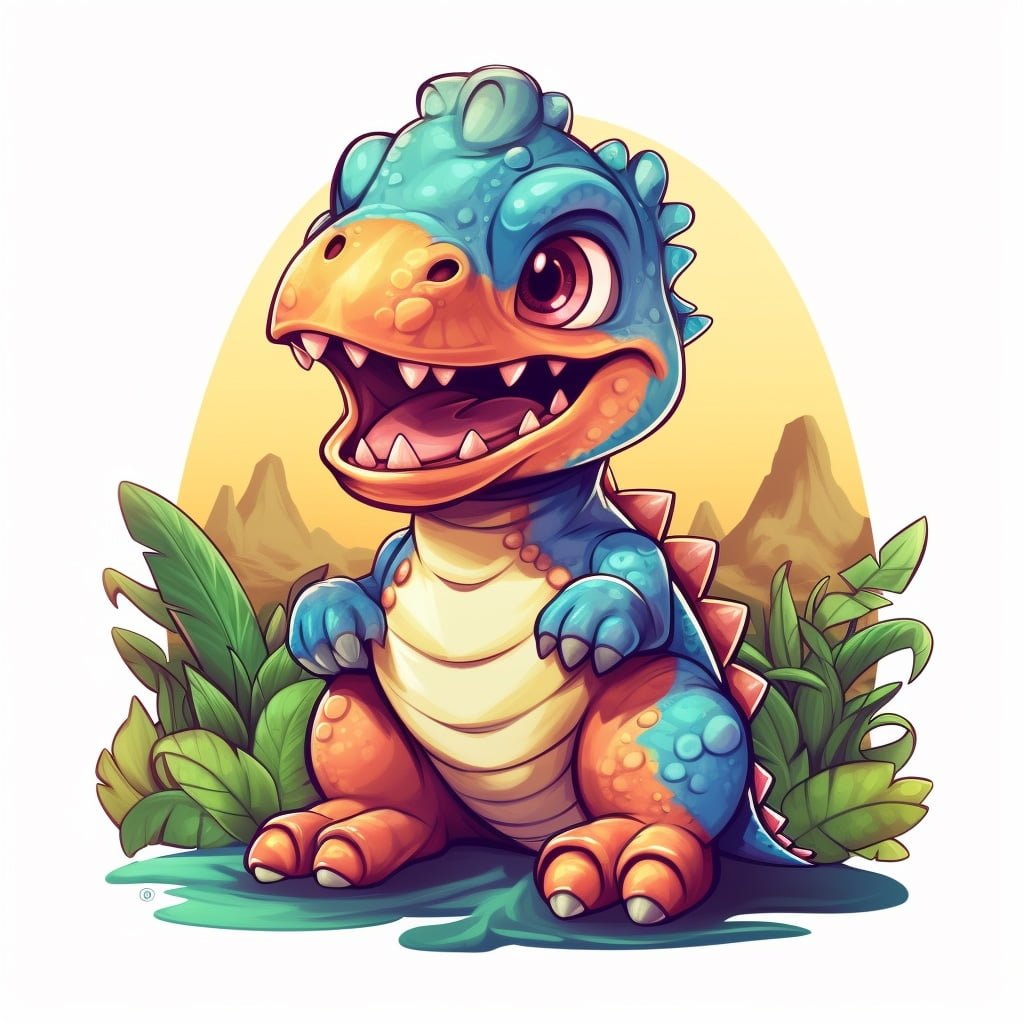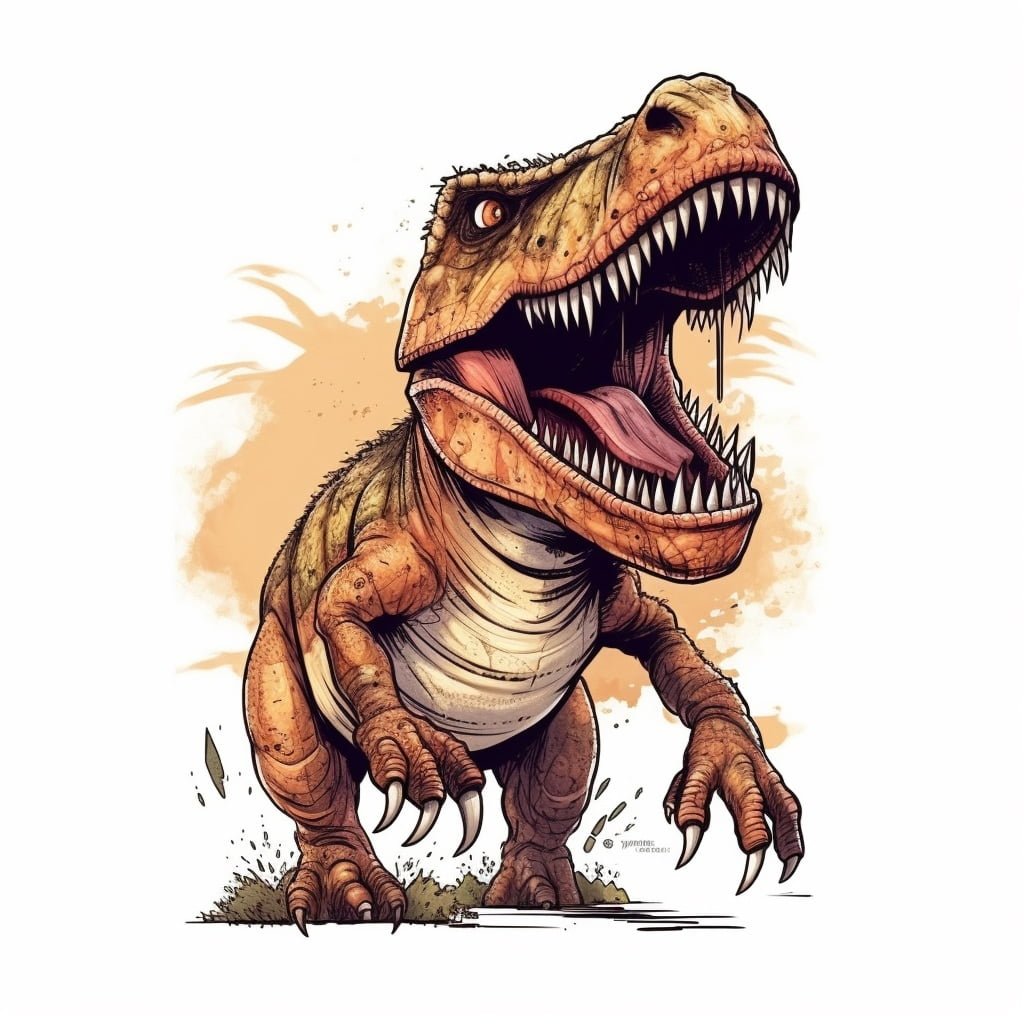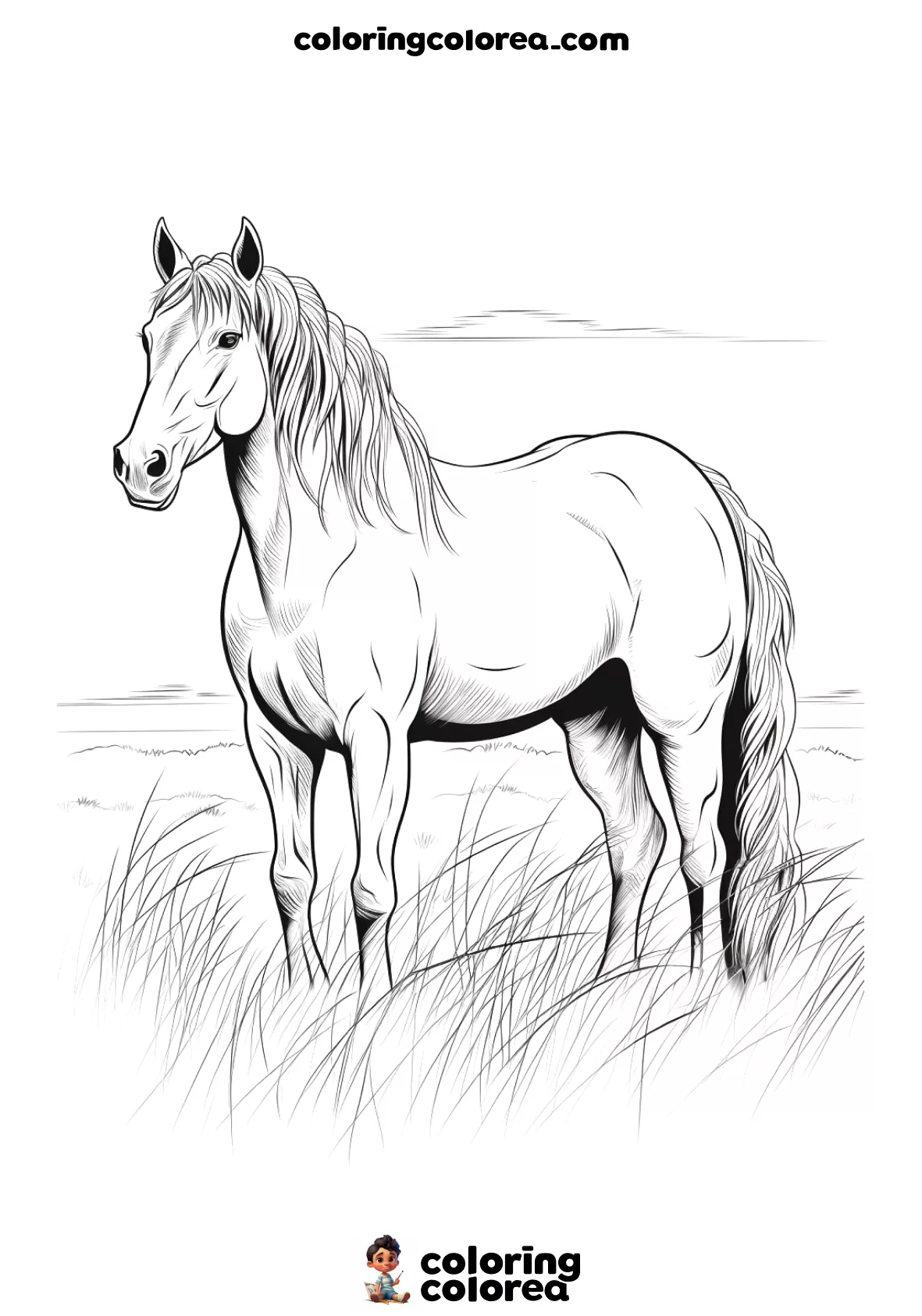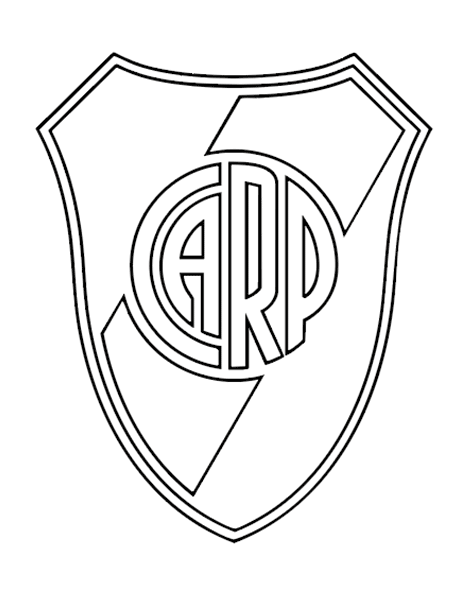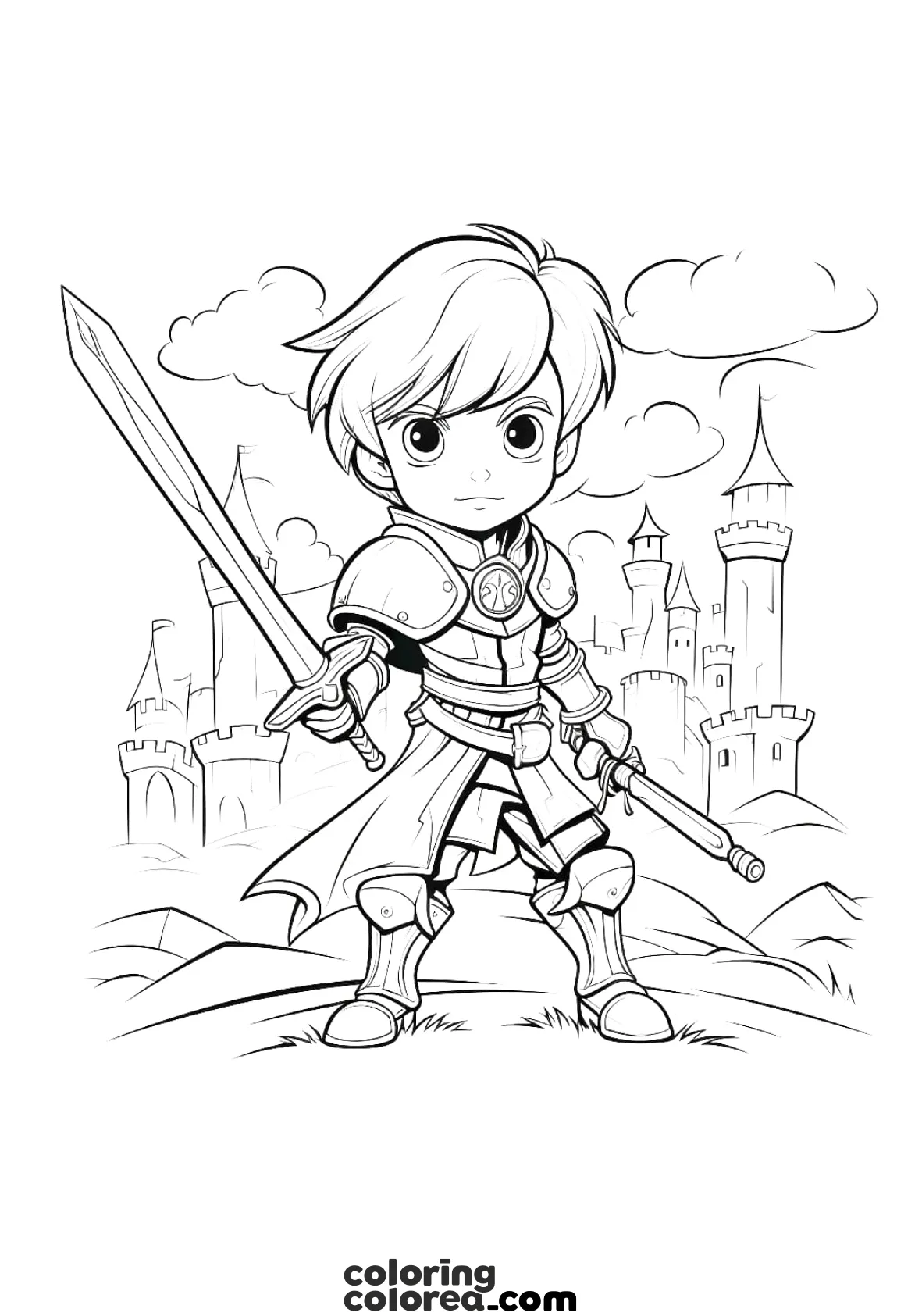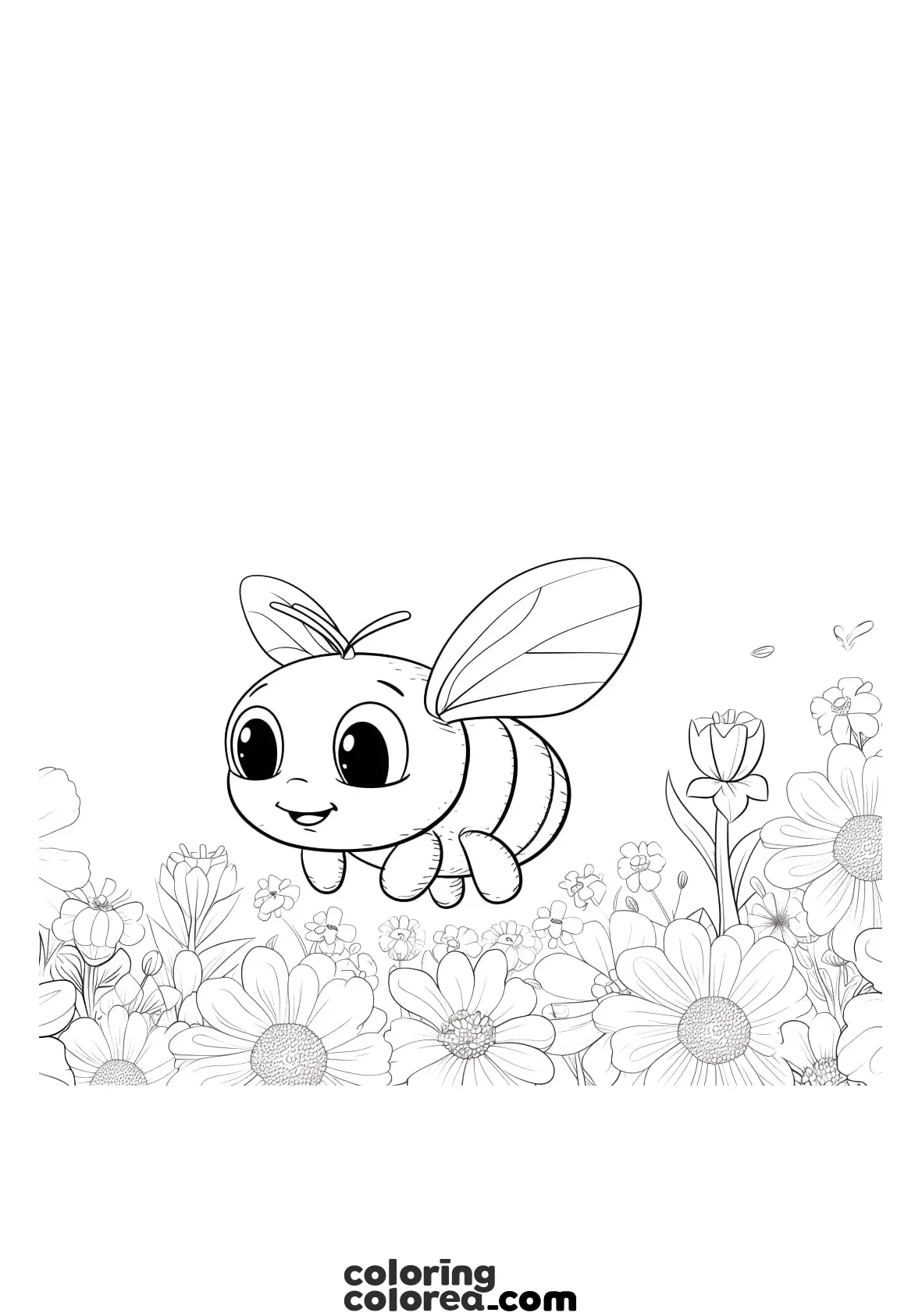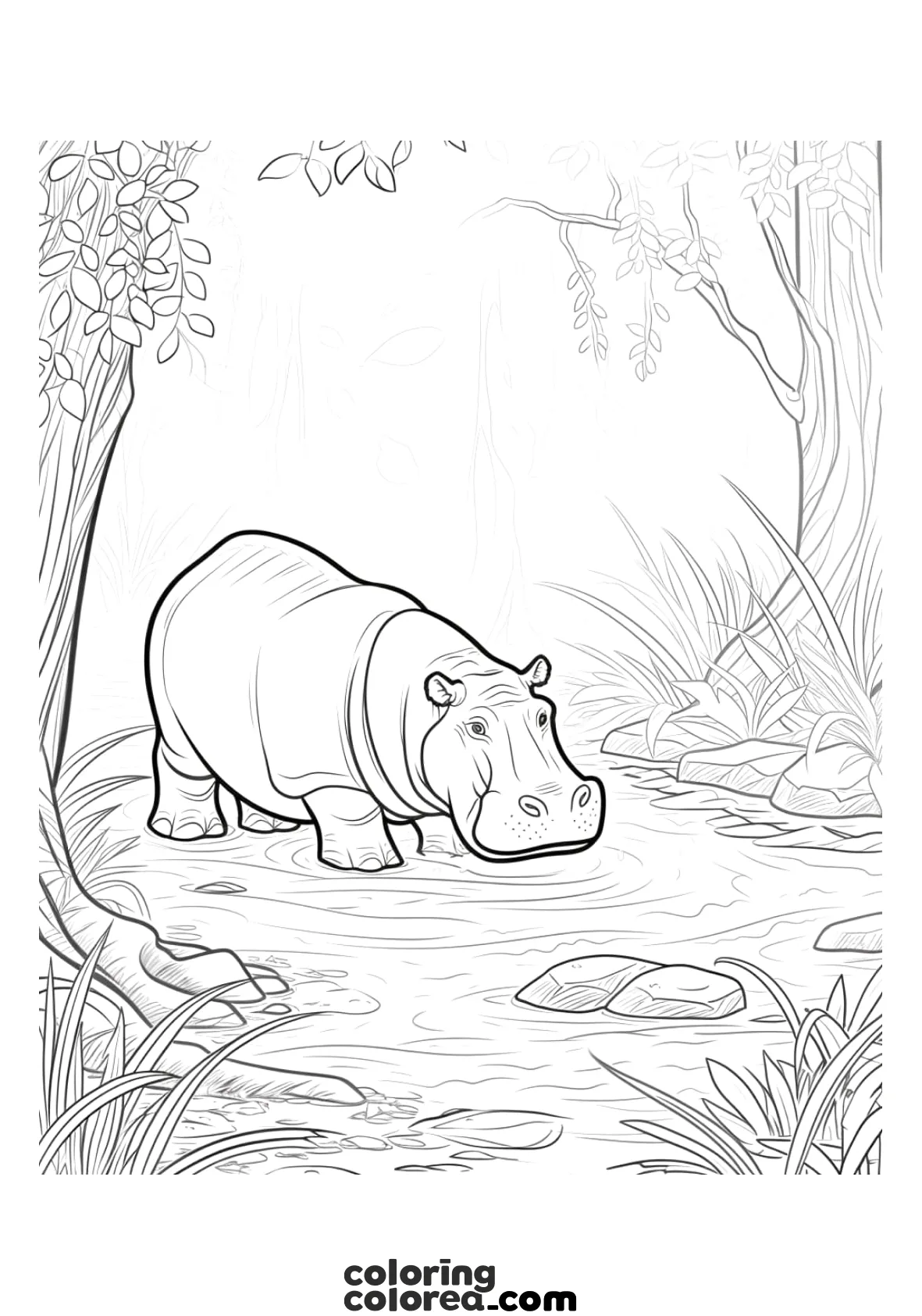First, the Allosaurus was a big dinosaur, not as huge as the T-Rex but still a formidable predator of its time. It walked on two legs and had two short arms, similar to the T-Rex, but lived much earlier than its more famous cousin. When you start coloring think about giving it a strong, bold color for its body. Maybe dark greens, browns, or even a mix of both to show its predator status in the Jurassic forests.
Now, let’s add some fun details to our dino. Did you know that despite its fierce look, some scientists think the Allosaurus might have had a bit of a bird-like appearance? That’s right! It could have had small, feather-like structures on parts of its body. So, if you want, add some feathery textures to your drawing. Use lighter strokes of yellows or whites to make these feathers stand out.
They had a big head with lots of sharp teeth, perfect for hunting its prey. Its teeth were serrated, like a steak knife, which made them super effective for biting into the tough skin of other dinosaurs. When you color its head, maybe use some whites or light grays to show how sharp the teeth were. And don’t forget to color the eyes – giving them a bright color can make your Allosaurus look even more alive.
Tips for colouring your allosaurus
Allosaurus lived in a world filled with other dinosaurs and lush landscapes. You can imagine it walking through ancient forests or by rivers, searching for food. As you color the background, think about adding greens for the trees and blue for the water. This will help set the scene for where the dino roamed.
While coloring, picture this: the Allosaurus was not a loner; it might have hunted in groups. Imagine a pack of Allosauruses working together to take down a large dinosaur. You could even draw a couple more in the background to show this teamwork in action.
Did you know the Allosaurus might have fought fierce battles, not just with its prey, but also with other Allosauruses? Scientists have found fossils with bite marks that match the teeth of an Allosaurus, suggesting they might have fought each other. Maybe you can add some battle scars to your dinosaur to show it’s a seasoned warrior.
Allosaurus also had a unique way of attacking its prey. Instead of biting and holding on, it would likely use its head and teeth like a hatchet, striking swiftly at its victims. When you color its mouth and head, try adding some dynamic lines around the mouth to show this powerful action.
Let’s not forget about the rest of the body. The Allosaurus had strong legs that allowed it to run fast, catching up to its prey with ease. You can use darker shades on the legs to show their strength. And its tail was long and muscular, helping it to balance while running or fighting. Give the tail some nice, sweeping lines to show how it might have moved.
Now, here’s something to spark your imagination even more: some paleontologists think that the Allosaurus might have had a roar, used to communicate with other Allosauruses or to scare off rivals. As you add colors to your dinosaur, imagine what sound it might have made echoing through the ancient forests.
And one last fun fact: even though the Allosaurus went extinct millions of years ago, we still learn a lot from its fossils today. Fossils are like nature’s history books, showing us a glimpse of what life was like during the time of the dinosaurs. So, as you color, think about how each stroke of your crayon, pencil, or marker helps bring back to life a creature that hasn’t roamed the Earth in millions of years. You’re not just coloring; you’re recreating a piece of history.
If you want to know more about the Allosaurus Click here

